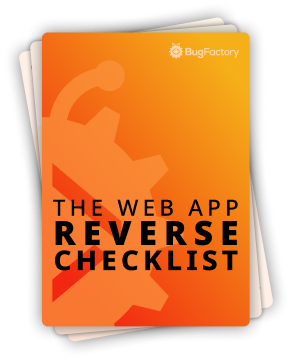Caching Expensive Queries with MATERIALIZED VIEWs
by Christoph Schiessl on PostgreSQL
PostgreSQL 9.3 introduced a new feature called MATERIALIZED VIEWs, and this article explains how to use it based on a contrived example. Let's assume you are working on a database to keep track of your customers and the invoices you send them. Currently, your database consists of three tables:
postgres=# CREATE TABLE customers (
postgres(# id INT PRIMARY KEY,
postgres(# legal_name TEXT NOT NULL
postgres(# );
CREATE TABLE
postgres=# CREATE TABLE invoices (
postgres(# id INT PRIMARY KEY,
postgres(# customer_id INT NOT NULL REFERENCES customers (id),
postgres(# issued_on DATE NOT NULL
postgres(# );
CREATE TABLE
postgres=# CREATE TABLE invoice_items (
postgres(# id INT PRIMARY KEY,
postgres(# invoice_id INT NOT NULL REFERENCES invoices (id),
postgres(# amount_in_cents INTEGER NOT NULL
postgres(# );
CREATE TABLE
As you can see, a customer has many invoices, which in turn have many invoice items. With that in place, you now want a convenient way to calculate your customers' total revenue. After thinking about the requirement for a second or two, you come up with the following SELECT statement:
postgres=# SELECT customers.*,
postgres-# SUM(invoice_items.amount_in_cents) AS revenue
postgres-# FROM customers
postgres-# INNER JOIN invoices ON customers.id = invoices.customer_id
postgres-# INNER JOIN invoice_items ON invoices.id = invoice_items.invoice_id
postgres-# GROUP BY customers.id ORDER BY revenue DESC;
id | legal_name | revenue
----+------------+---------
(0 rows)
While this query certainly works, it is error-prone to type repeatedly and may also be too slow for your needs. A MATERIALIZED VIEW is the easiest way to circumnavigate both problems.
postgres=# CREATE MATERIALIZED VIEW customers_with_revenue AS
postgres-# SELECT customers.*,
postgres-# SUM(invoice_items.amount_in_cents) AS revenue
postgres-# FROM customers
postgres-# INNER JOIN invoices ON customers.id = invoices.customer_id
postgres-# INNER JOIN invoice_items ON invoices.id = invoice_items.invoice_id
postgres-# GROUP BY customers.id ORDER BY revenue DESC;
SELECT 0
Firstly, it's very convenient because it hides complex queries from you — just like an ordinary VIEW would. Secondly, it also improves performance because it caches the query's result.
How does it work? When you create the MATERIALIZED VIEW, it immediately executes its defining SELECT statement and persists its result set. Later, when you select something from the MATERIALIZED VIEW, it uses that pre-computed result set instead of computing the defining SELECT query again and again.
There's only one drawback: If the underlying data changes, you must manually refresh the MATERIALIZED VIEW. This can be accomplished as follows ...
postgres=# REFRESH MATERIALIZED VIEW customers_with_revenue;
REFRESH MATERIALIZED VIEW
If your data doesn't change frequently, you might consider using a TRIGGER to execute the REFRESH MATERIALIZED VIEW statement automatically.

